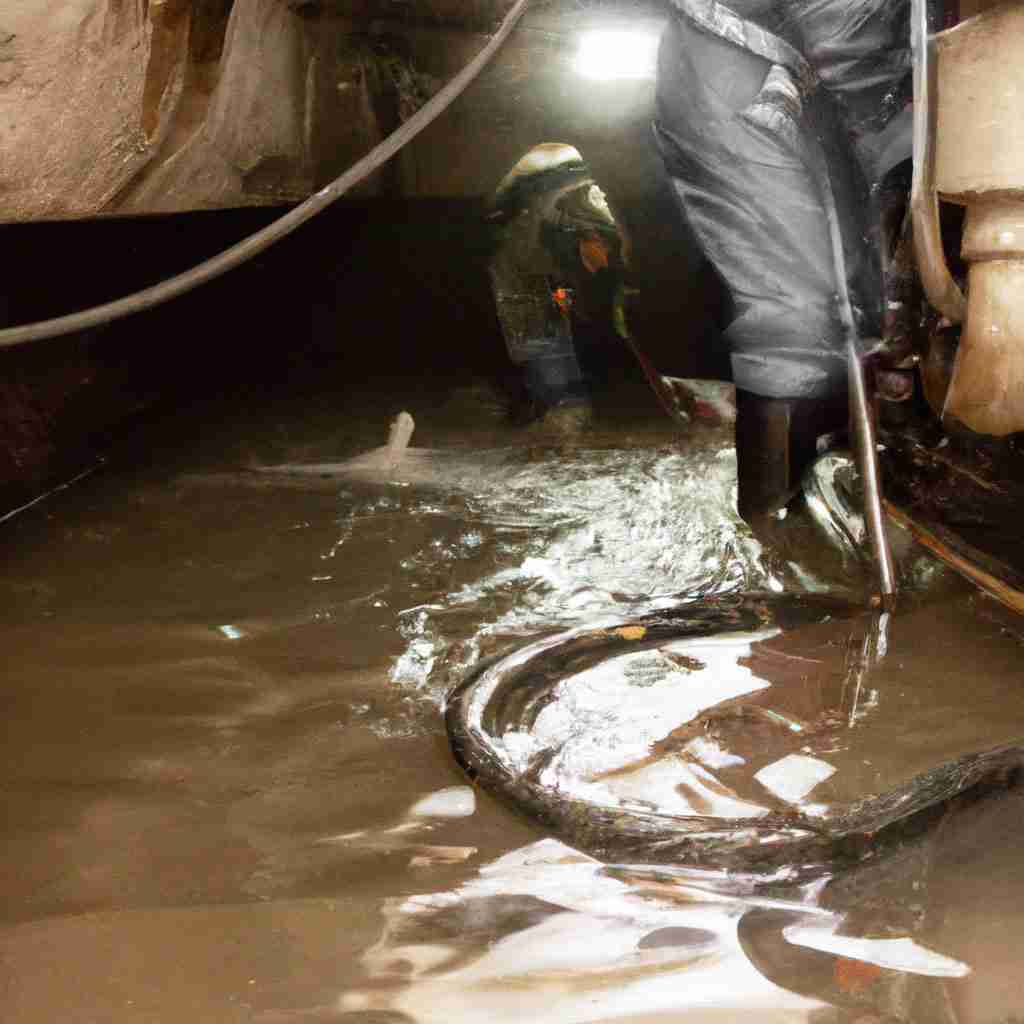Maintaining a lush, green lawn requires regular care, including mowing, trimming, and pruning. However, these activities often generate a significant amount of lawn waste, such as grass clippings, leaves, branches, and other organic debris. Proper lawn waste disposal is essential to keep your yard tidy and environmentally friendly. In this comprehensive guide, we’ll explore the best methods for disposing of lawn waste, eco-friendly alternatives, and tips to minimize waste generation.One of the most common methods of lawn waste disposal is curbside pickup. Many municipalities offer this service as part of their waste management programs. Here’s how it typically works:
- Check with your local waste management authority to confirm if they accept lawn waste.
- Place grass clippings, leaves, and small branches in approved biodegradable bags or containers.
- Ensure the waste is free of contaminants like plastic or rocks.
- Follow the designated pickup schedule to avoid missing collection days.
If curbside pickup isn’t available in your area, consider composting as an alternative. Composting transforms lawn waste into nutrient-rich soil amendments, benefiting your garden and reducing landfill waste. Here’s a simple step-by-step guide to composting lawn waste:
- Choose a suitable location for your compost bin or pile, preferably in a shaded area.
- Layer green materials (grass clippings, fresh leaves) with brown materials (dry leaves, small branches) to balance carbon and nitrogen.
- Turn the pile regularly to aerate it and speed up decomposition.
- Keep the compost moist but not soggy to encourage microbial activity.
- After a few months, the compost will be ready to use in your garden.
For larger yard waste, such as tree branches or stumps, renting a wood chipper or hiring a professional removal service may be necessary. Wood chips can be repurposed as mulch or added to compost piles. Additionally, some communities host seasonal lawn waste disposal events where residents can drop off organic debris for free or at a minimal cost.Another eco-friendly option is grasscycling, which involves leaving grass clippings on the lawn after mowing. This practice returns nutrients to the soil, reduces waste, and saves time. To grasscycle effectively:
- Mow your lawn when the grass is dry to prevent clumping.
- Use a sharp mower blade to ensure clean cuts.
- Avoid cutting more than one-third of the grass height at a time.
If you’re looking for creative ways to repurpose lawn waste, consider these ideas:
- Use fallen leaves as mulch to insulate plants during winter.
- Create a brush pile in a corner of your yard to provide habitat for wildlife.
- Turn small branches into DIY garden stakes or decorative elements.
Minimizing lawn waste is another effective strategy. By adopting sustainable landscaping practices, such as planting native species or reducing lawn size, you can decrease the amount of debris generated. Additionally, proper lawn care—like regular aeration and balanced fertilization—can promote healthy growth and reduce excess clippings.In conclusion, lawn waste disposal doesn’t have to be a hassle. Whether you opt for curbside pickup, composting, or creative repurposing, there are plenty of eco-friendly solutions to manage yard debris. By implementing these methods, you can maintain a beautiful lawn while contributing to a healthier environment.

